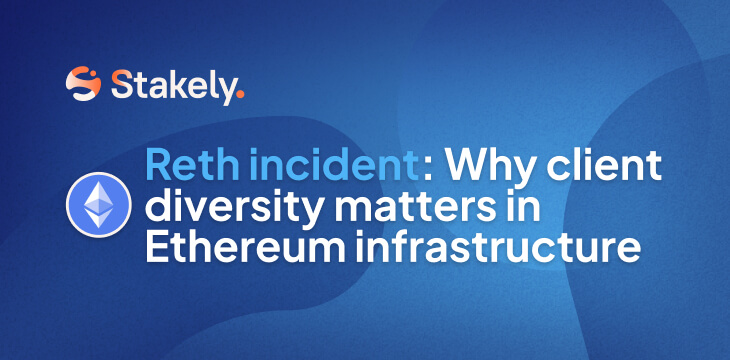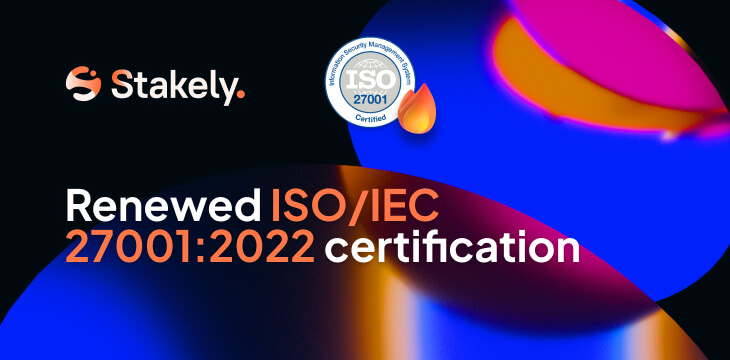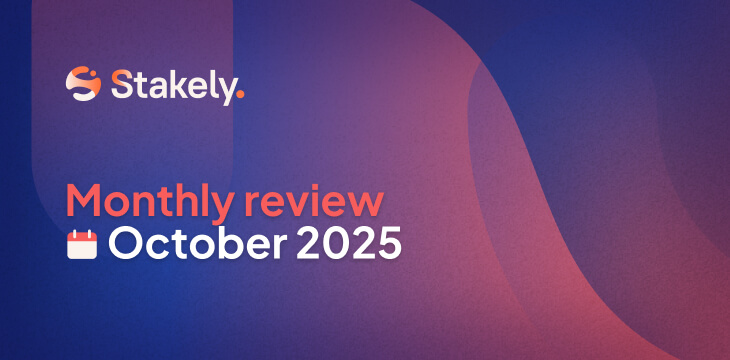Client diversity in Ethereum: A strategic approach for network resilience

Recent incidents involving bugs in popular clients such as Besu and Nethermind have highlighted a critical challenge: client supermajority in Ethereum. These events reveal why the community and node operators must proactively address this issue to protect network integrity.
At Stakely, we understand how essential a diverse client setup is for network resilience. Maintaining a balanced mix of clients, even when it introduces operational complexity, is a core part of our approach to security and reliability.
The Imperative of Client Diversity
Understanding client diversity
Client diversity refers to the practice of utilizing multiple software clients by node operators within a blockchain network. This approach mitigates the risks associated with client supermajority, where the dominance of a single client can lead to widespread vulnerabilities in the event of a bug or exploit.
The risks of client supermajority
A client supermajority occurs when a single client dominates the network, creating a single point of failure. This scenario jeopardizes the network’s security, as a bug in the predominant client can potentially compromise the entire system, leading to significant financial and reputational losses.
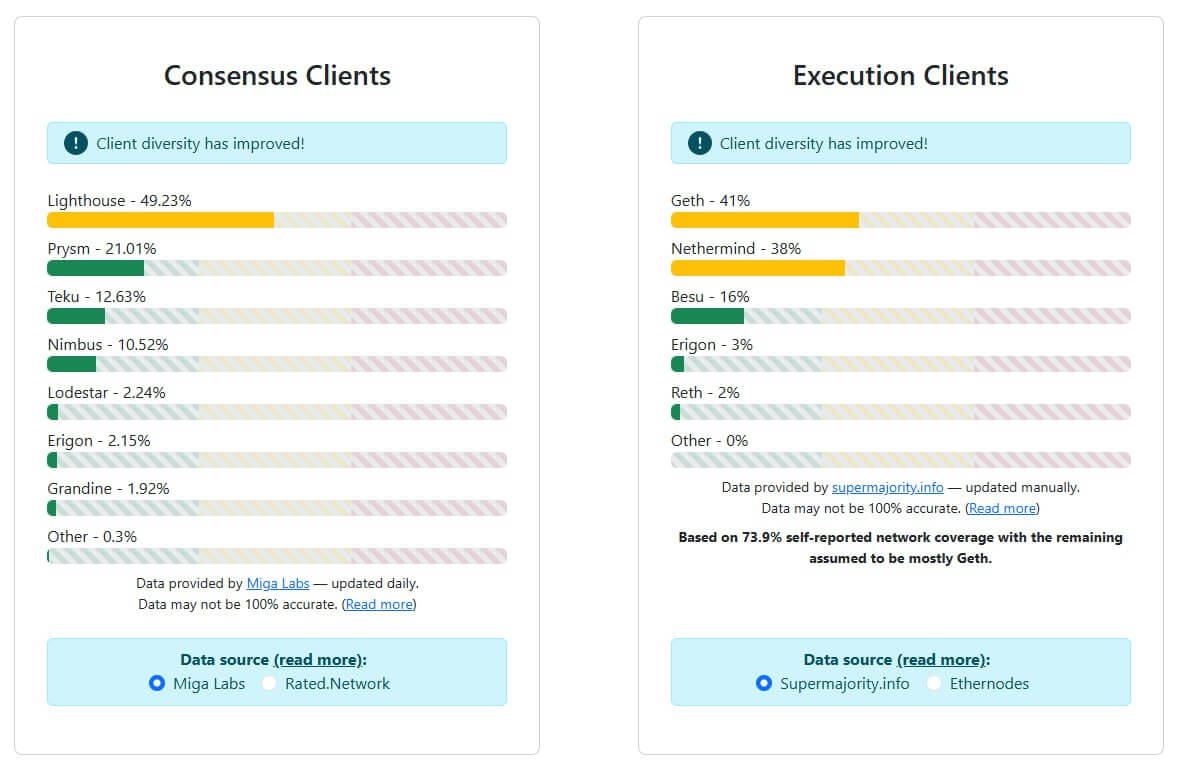

Stakely’s commitment to client diversity
At Stakely, our operational strategy is firmly rooted in the principle of client diversity. We employ a variety of Beacon and Execution clients, including Teku, Lighthouse, Prysm, Nimbus, Nethermind, Geth, and Reth, to ensure a robust and secure network environment. This diverse setup, however, presents unique challenges that demand meticulous management and a proactive stance towards network security.
Challenges in managing multiple clients
The management of a diverse client setup is inherently complex, involving:
- Specific compatibility issues: The interplay between different Beacon Nodes and Execution Clients can lead to unique challenges that require specialized attention.
- Software-specific issues: Each client has its own set of software behaviors, requiring direct communication with development teams, detailed log analysis, and precise issue diagnosis.
- Frequent updates: The blockchain landscape is characterized by rapid evolution, with regular updates that require vigilant monitoring and timely adaptation.
- Operational costs: Running multiple clients increases operational overhead due to enhanced monitoring, compatibility management, and ongoing engagement with several development teams.
Despite these challenges, the strategic value of client diversity in terms of network resilience and reliability far outweighs the operational costs, making it a cornerstone of our infrastructure strategy.
Strategic approach to client distribution
Balancing reliability with diversity
In the context of the ongoing debate regarding the reduction of Geth usage among node operators, Stakely advocates for a balanced approach. We recognize Geth’s reliability and support its inclusion in a diversified setup, but always in a minority role to prevent any single client from forming a supermajority. Our policy ensures that Geth never exceeds 30% of our total client setup, encompassing both main and backup nodes.
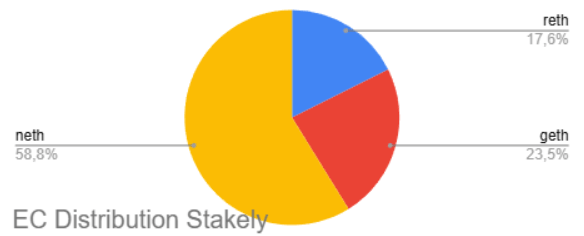

Embracing new clients
Stakely is dedicated to expanding our client diversity by integting new minority clients as they demonstrate sufficient reliability and performance. For this purpose, we rely on over 15,000 genesis validators on Hoodi, where we focus especially on newer or minority options. After thorough testing and evaluation, we assess which clients can move to the mainnet with acceptable performance expectations.
These tests allow us to evaluate emerging clients and provide developers with direct feedback, improving the ecosystem as a whole.
The road ahead: Stakely’s vision for client diversity
The dynamic nature of blockchain technology demands constant vigilance and adaptability from node operators. We remain committed to continuously evaluating our client setup and adjusting it as the ecosystem evolves.
We believe in the power of community collaboration to enhance network resilience. By sharing our insights, experiences, and best practices, we aim to foster a culture of client diversity across the blockchain ecosystem and encourage other operators to adopt similar strategies.
Conclusion: A collective call to action
The imperative for client diversity in node operations is clear. The resilience and security of blockchain networks depend on the collective efforts of node operators to embrace a diversified client setup. Our experience has shown the value of this approach, not only in mitigating risks but also in strengthening the overall robustness of the network.
At Stakely, we will continue leading by example: adopting minority clients early, sharing feedback with development teams, and keeping our distribution as balanced as possible. The message is clear: client diversity must be a priority for every operator committed to the network’s resilience.

